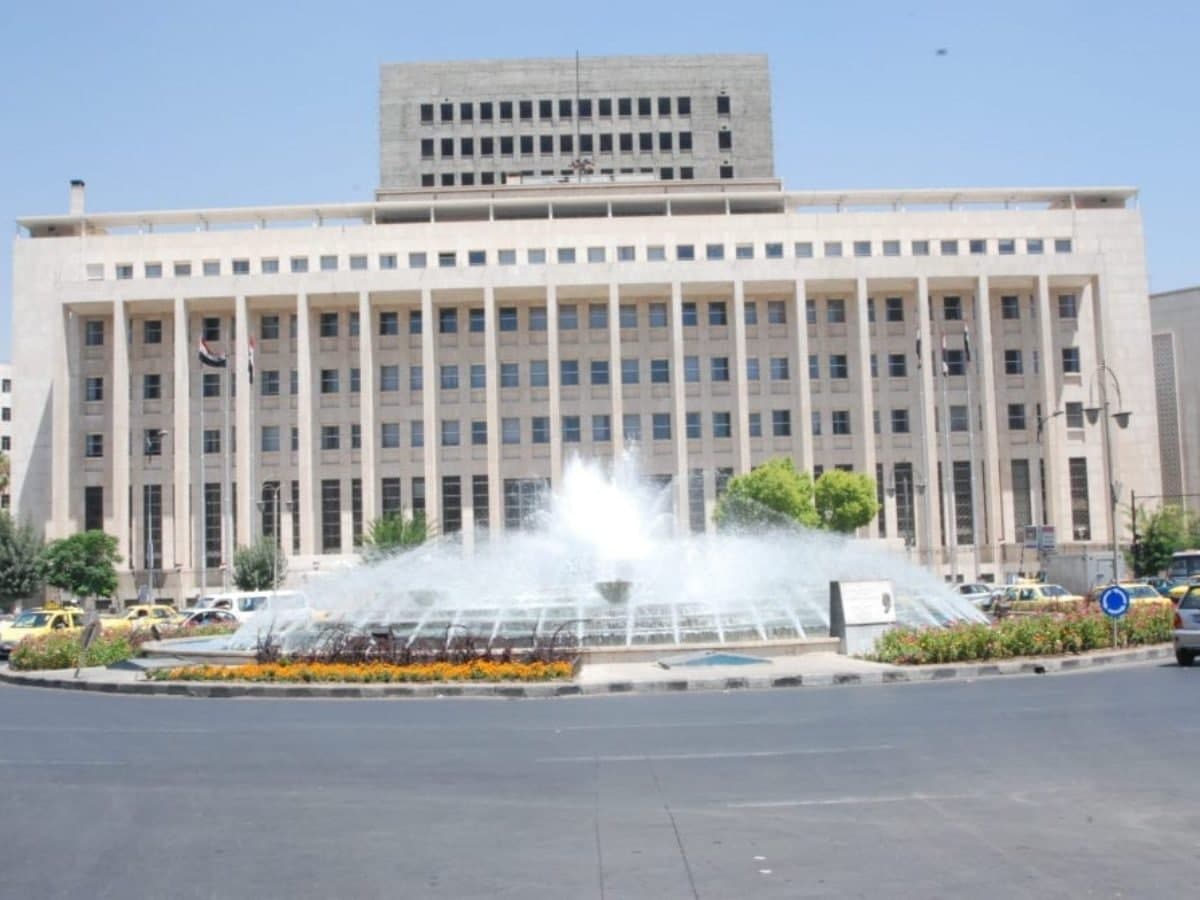The internal public debt situation in Syria has reached alarming proportions after 12 years of war, a situation that was somewhat expected given the economic turmoil and ongoing crisis since 2011. What’s of utmost significance is how this debt is being utilized, a matter on which the Minister of Economy initially advised to confine it to productive sectors and then allow its percentage relative to the total GDP to expand. In developed Western countries, internal debt can surpass 60% of their domestic product, but what happens in a nation ravaged by war that has obliterated its resources, production, and infrastructure?
This yearly mounting debt, often rationalized by successive governments as a response to the increased government expenditure on essential goods and services and the impairment of major revenue sources, has led to recent government decisions, including hikes in oil derivative prices. These decisions have triggered widespread public discontent, coming at a time when Syrians are already grappling with rising prices due to the continuous depreciation of the Syrian lira since the last Eid al-Fitr.
Three key factors have contributed to the growth of Syria’s internal public debt:
- A significant decrease in the state’s treasury revenues due to several reasons, including the destruction and looting of public economic institutions and companies, reduced investment and production activities, Western sanctions leading to the cessation of oil exports, and rampant corruption across various sectors, particularly in the management of public resources.
- The continuous escalation of government expenditures, primarily driven by the burdens imposed by the crisis and war, coupled with the erosion of the local currency’s purchasing power and high inflation, which have been consuming the state’s resources.
- The absence of a clear government strategy to address the internal debt issue since the onset of the crisis in 2011. Successive governments have often resorted to deficit financing without a consistent approach to bridging the gap between revenues and expenditures, exacerbating the internal debt problem to its current alarming levels.
The severity of the rising internal debt in Syria depends on its intended use. In the Syrian context, the problem is exacerbated as internal debt continues to increase substantially each year. Furthermore, the most concerning aspect is that these debt amounts are utilized to finance non-investment activities, some of which are marred by corruption and inefficiency. As Dr. Shadi Ahmed, an economic researcher, points out, the aggravation of internal debt poses a more significant threat to the structure of the national economy than external debt. In the long term, it leads to imbalances within the financial and monetary systems, which will inevitably affect the productive and investment sectors negatively. Unlike external debt, which is directed toward investment and infrastructure improvement, internal debt often serves current spending needs with no financial returns. Effective management and the prevention of corruption are crucial to avoiding long-term burdens associated with internal debt. In the past, the investment budget served as a more viable alternative.
This article was translated and edited by The Syrian Observer. The Syrian Observer has not verified the content of this story. Responsibility for the information and views set out in this article lies entirely with the author.


